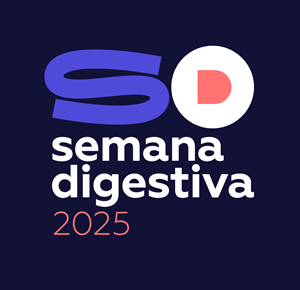Materials and methods: A CNN based on D-SOC images (Spyglass DS II®, Boston Scientific) was designed, trained and validated. Each D-SOC frame was labeled as showing normal/benign findings or as a malignant lesion if histopathological evidence of biliary malignancy was available. The image dataset was split for constitution of training and validation datasets. The classification provided by the CNN was compared with the labelling of the lesion. The performance of the CNN was measured by calculating the area under the curve (AUC), sensitivity, specificity, positive and negative predictive values (PPV and NPV, respectively).
Results: A total of 14250 images from 142 D-SOC exams were included (10280 of malignant strictures and 3970 of benign findings). The model had an overall accuracy of 96.1%, a sensitivity of 96.9%, a specificity of 94.2%, a PPV of 97.7% and a NPV of 92.1%. The AUC for the detection of malignant strictures was 0.99. The image processing speed of the CNN was 3 ms/frame.
Conclusion: The developed deep learning algorithm accurately detected and differentiated malignant strictures from benign biliary conditions. The introduction of artificial intelligence algorithms to D-SOC systems may significantly increase its diagnostic yield for malignant strictures.

 Semana Digestiva 2025 | Todos os direitos reservados
Semana Digestiva 2025 | Todos os direitos reservados